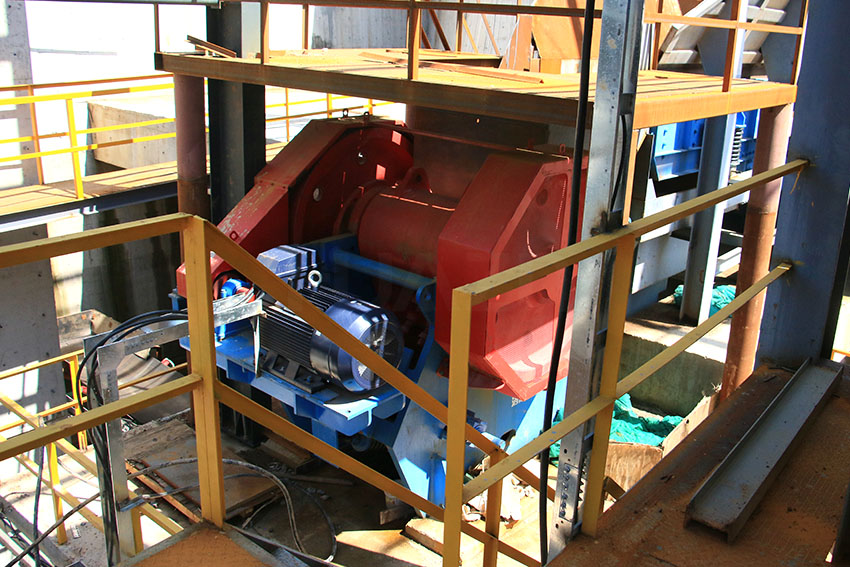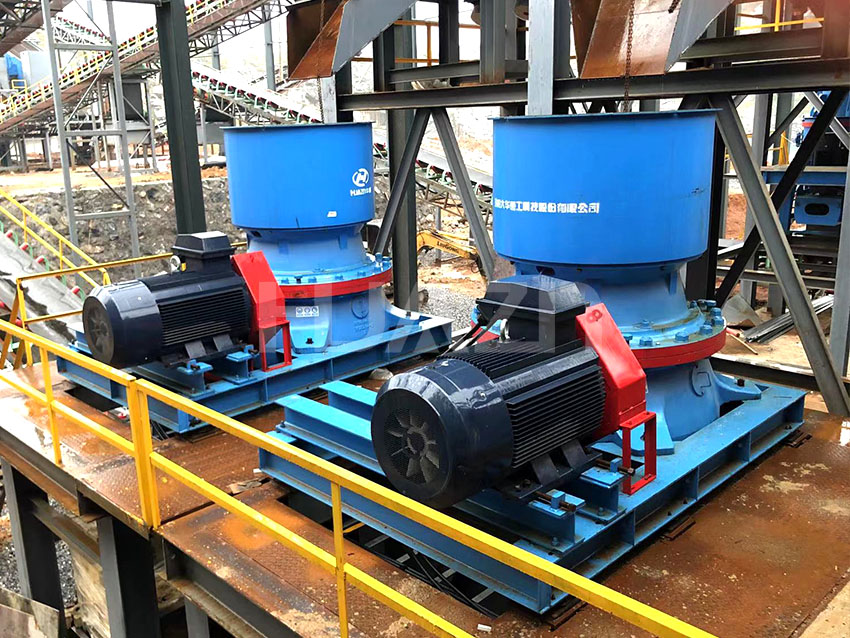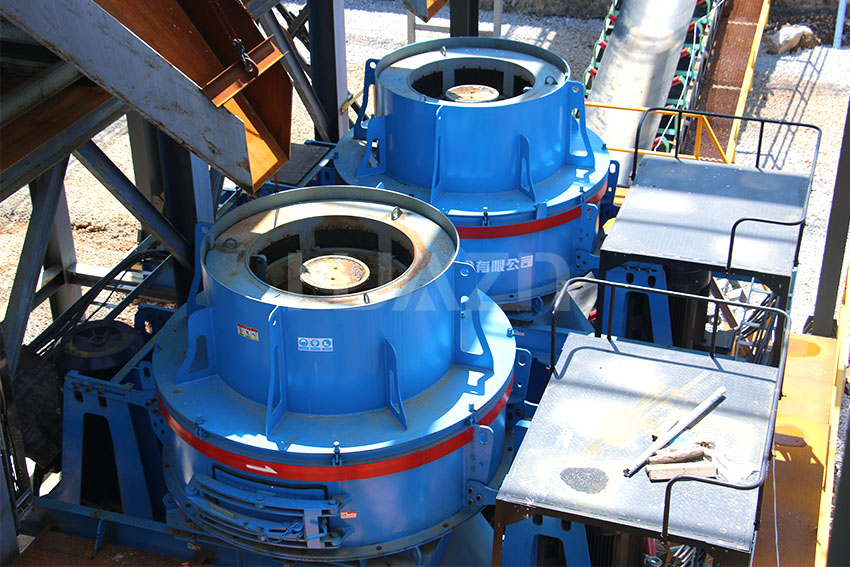The difference between dry sand process and wet sand process is not particularly significant. It mainly lies in the process of sand making and dust treatment. The wet method involves using a sand washing machine for cleaning, while the dry method generally utilizes a powder separator to control the stone powder content of the finished product.

♦♦ Technological advantage
The finished product has a low water content and adjustable stone powder grading, making it suitable for use in high-strength concrete. It can be used for roadbed bedding or as raw material for slag bricks. The utilization rate is high, and it is not affected by the season. Additionally, there is no need for subsequent sewage treatment.
♦♦ Technological disadvantage
The sand and stone raw materials should have a high level of soil impurity content, while the finished products should have low cleanliness. If dust removal is not carried out, it may lead to severe dust pollution.
♦♦ Dry sand making process:
Raw material → Vibrating feeder → Jaw crusher → Impact crusher/cone crusher → Vibrating screen → Sand making machine → Vibrating screen → Powder separator → Finished machine sand.
Coarse Crushing:
The JC jaw crusher is used for primary crushing, and the material is transported to the vibrating feeder by a dump truck. The material is then uniformly and continuously fed into the JC jaw crusher for coarse crushing. This equipment features superior cavity design, high crushing performance, no dead zone, and eliminates concerns about material clogging.

Medium Crushing:
After undergoing coarse crushing, the materials are then conveyed to either the PFQ impact crusher (for soft materials like limestone and dolomite) or the HPY cone crusher (for hard materials such as granite and quartz stone) for secondary processing. Following a thorough screening process by a vibrating screen, any stones that do not meet the required standards and unsatisfactory sand used in making stones will be returned for further crushing.

Sand Making:
After the crushing process, the material is evenly fed into the PLS vertical impact sand making machine. This sand making machine adopts a stone beating and striking working mode, while its deep cavity impeller design enhances processing capacity and enables production of 0.16mm and 0.25mm machine-made sand.

Powder Selection:
The qualified material will be processed in the powder separator to remove dust, and eventually produce finished sand.
Luoyang Dahua has a professional R & D team, a strong after-sales team, from the equipment selection, site inspection, equipment manufacturing, installation, commissioning, delivery and other aspects for your service. If you are interested, please consult the Online Service or by Whatsapp +86 13938852499.


